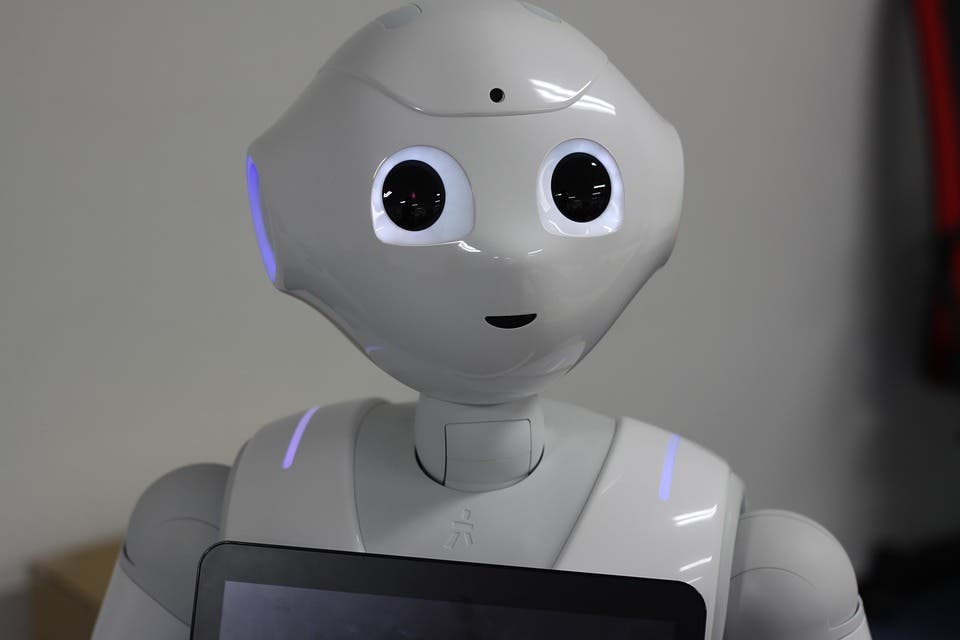We tend to think of AI as the technology of the future — something which will revolutionize tomorrow’s world. But in some ways, AI is already changing the world, including something which affects all of us: shopping.

In retail, AI has already been applied across the entire product cycle — from assembly to sale, and even afterwards (with post-sale customer service). But innovation can be a double-edged sword, so companies have generally been cautious with implementation. At least most of the time.
Pepper the robot, depicted above, has been used since 2010 and has become very popular in Japan, where it works as a customer service greeter and representative in 140 SoftBank mobile stores, with excellent results. Another famous pioneer is IBM’s Watson, which for years, is providing a slew of order management and customer engagement capabilities, especially to eCommerce retailers.
But these are just some of the most well-known examples. Behind the scenes, AI acts much more subtly — and much more actively. AI algorithms can detect underlying patterns in your shopping behavior from the products you buy and the way in which you buy them. This isn’t just your hi-tech companies either — AI is implemented in anything from marketing campaign distribution for your favorite brands to setting the price on your favorite groceries.
Pricing is actually an important application in AI. Have you noticed how sometimes, prices for common products fluctuate in a seemingly random fashion? Retail pricing optimization is a complex undertaking, requiring data analysis at a granular level for each customer, product and transaction. AI works like a charm there.
It extends far deeper, too: AI can help merchants make sure they stock up properly on different products. For instance, an algorithm would analyze the behavior of consumers and current stocks automatically optimizing stocks. Logistics, of course, have also been smoothed and improved by AI.
All these things have brought dramatic changes for retailers, and these changes have further cascaded to us, the clients.
But there’s also more direct interaction. Automated chatbots have become a common occurrence on the internet, and many of them are AI-powered. Product recommendation is another area where AI has brought dramatic changes: when Amazon introduced a new algorithm that provides tailor-made recommendations on the homepage, their sales increased by 29%.
Of course, companies are also aware that they can easily alienate customers with AI — if people feel that the company is snooping into their behavior, they might be inclined to forego service. So companies are careful to be subtle about it. But make no mistake: AI is changing how we shop. It’s still early days and it’s hard to tell how this technology will evolve, but think about this the next time Amazon recommends the exact product you wanted to buy.


